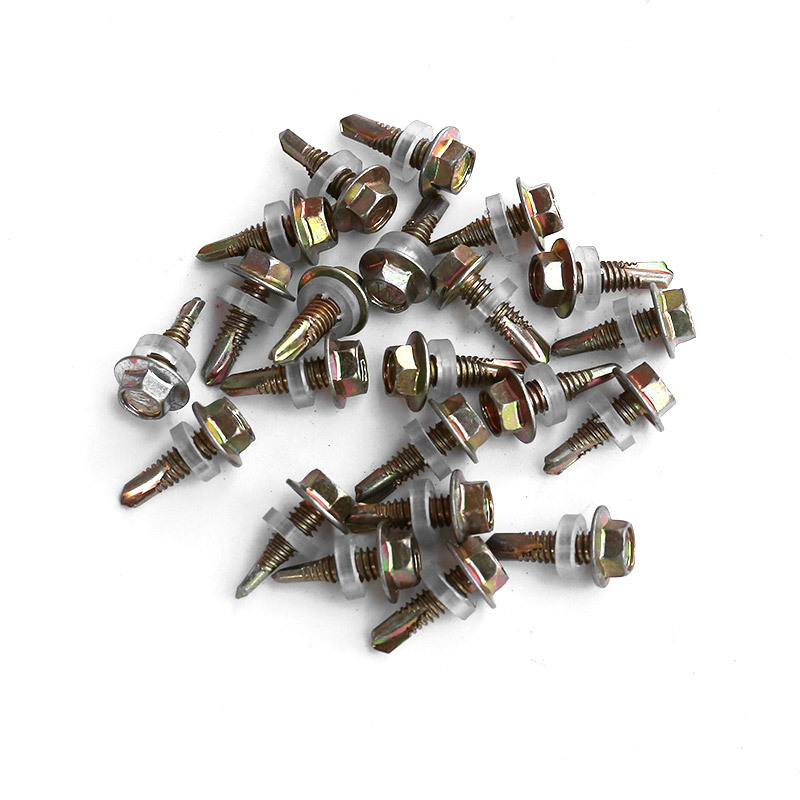

hexagonal nut
10월 . 30, 2024 23:37 Back to list
hexagonal nut
Understanding Hexagonal Nuts A Comprehensive Overview
Hexagonal nuts are fundamental components in the field of mechanical engineering and assembly. Recognizable by their six-sided shape, these nuts are used primarily for fastening and securing objects. They work in conjunction with bolts and screws, providing a reliable means to hold components together with great strength.
The design of hexagonal nuts dates back to early engineering innovations, and they have since become a staple in various industries, including construction, automotive, aerospace, and machinery. Their geometry allows for a secure grip when paired with a matching bolt, making them ideal for high-tension applications. The hexagonal shape is particularly advantageous as it enables easy handling and torque application using standard wrenches and sockets.
Hexagonal nuts are crafted from various materials, including steel, stainless steel, brass, and plastic. The choice of material depends on the application’s specific requirements, such as environmental resistance, load-bearing capacity, and weight considerations. For instance, stainless steel nuts are favored in corrosive environments due to their superior oxidation resistance, while brass nuts are often used in electrical applications because of their conductive properties.
hexagonal nut

Dimensions and standards for hexagonal nuts are regulated by organizations such as the American National Standards Institute (ANSI) and the International Organization for Standardization (ISO)
. These standards ensure uniformity in size, thread pitch, and mechanical strength, facilitating compatibility across different manufacturing processes and industries. The choice of nut size must correspond with the bolt’s diameter to guarantee proper fastening.One of the significant advantages of hexagonal nuts is their ease of installation and removal. Using a wrench, users can easily apply significant torque, allowing for a secure connection that can be disassembled when necessary. This feature is especially crucial in maintenance-heavy industries where equipment must be frequently serviced or altered.
However, it's essential to consider proper torque specifications during installation. Over-tightening can lead to stripped threads or material fatigue, while under-tightening may result in a loose connection, risking structural integrity. Therefore, engineers often recommend using torque wrenches to ensure uniform application of force.
In conclusion, hexagonal nuts are vital components of modern mechanical systems. Their simple yet effective design, combined with a wide variety of materials and standards, makes them indispensable in countless applications. Understanding their features and best practices is essential for anyone involved in design, assembly, or maintenance of mechanical systems. Whether in a factory, workshop, or construction site, the hexagonal nut continues to be a hero of fastening technology.
Latest news
-
Hot Dip Galvanized Bolts - LongZe Metal Products|Corrosion Resistance, High Strength
NewsAug.03,2025
-
Premium Cap Nuts: Secure & Durable Fastening Solutions
NewsAug.03,2025
-
High-Strength Hot Dip Galvanized Bolts - LongZe Metal Products|Corrosion Resistance, Customization
NewsAug.03,2025
-
Hot Dip Galvanized Bolts-Hebei Longze|Corrosion Resistance&High Strength
NewsAug.03,2025
-
High-Strength Hot Dip Galvanized Bolts - Hebei Longze|Corrosion Resistance&Customization
NewsAug.02,2025
-
Hot Dip Galvanized Bolts-LongZe|Corrosion Resistance&Customization
NewsAug.02,2025

